Lilia daurskaya: description and tips for growing
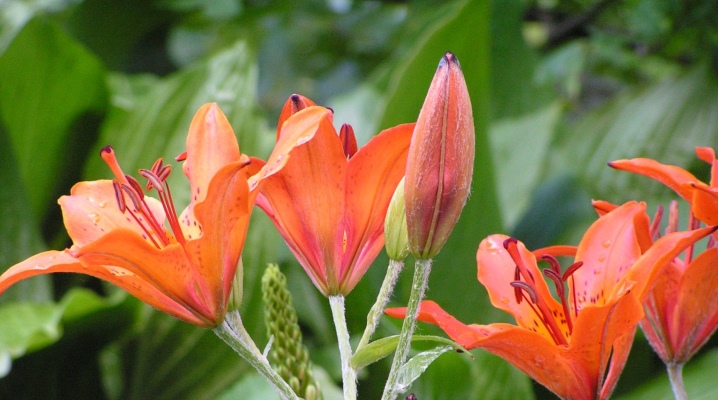
In addition to coniferous evergreens, many gardeners dream of decorating their site with delicate and bright flowers. These include the Daurian lily (Pennsylvania). Its delicate inflorescences, exuding an amazing aroma, will become the "highlight" of any garden plot. With proper care, the Daurian lily will delight with its exquisite flowers for a long time.
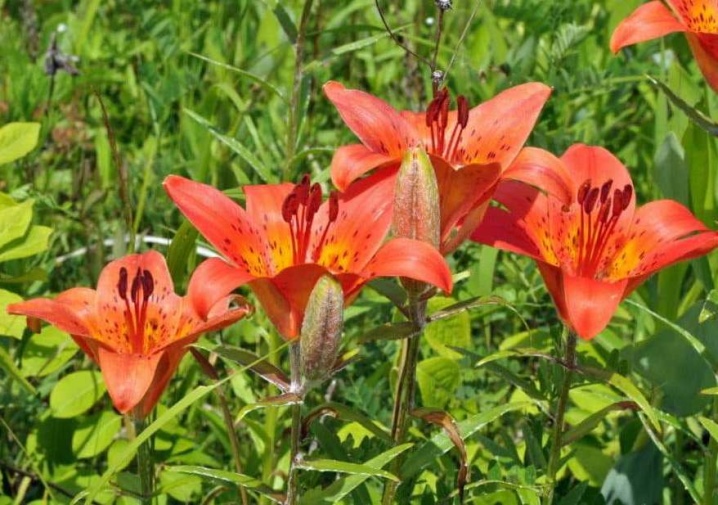
Description
This variety is a herbaceous perennial. In the wild, it grows in the forests of Eastern Siberia, as well as in the low-lying meadows of the Far East. The distinctive features of the plant include the following features:
- long ribbed stem of green or lilac shade, covered with fluff;
- large leaves of emerald color with a glossy sheen;
- erect inflorescences (10-12 cm in diameter), red-orange petals covered with small dark brown spots;
- the pistil is much longer than the stamens.
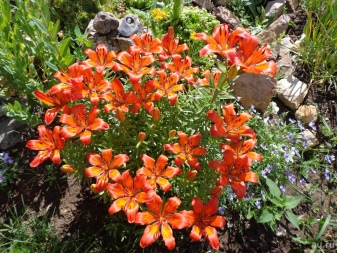
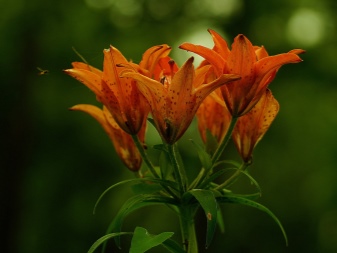
An amazing flower blooms in the midst of summer (June-July). Experienced gardeners consider this variety one of the most hardy. The plant is distinguished by abundant flowering and unpretentious care.
Daurian lily is also widespread in Mongolia, China and North Korea. The graceful perennial welcomes well-drained, fertile soil.
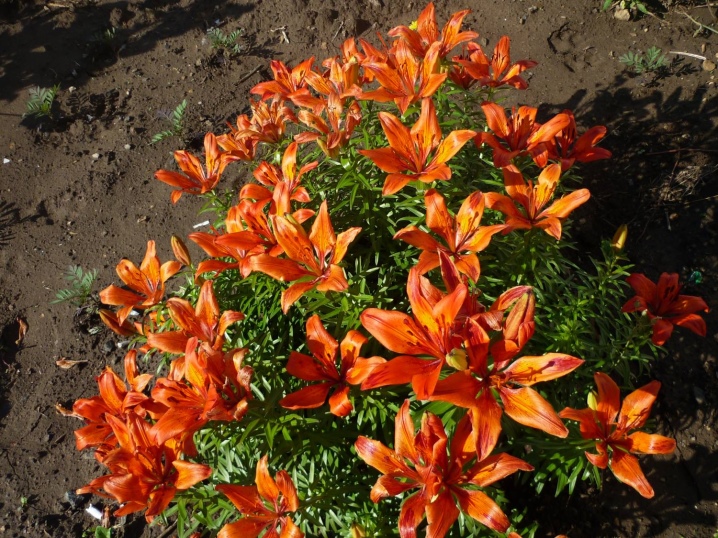
Landing conditions
The Pennsylvanian lily is planted, as a rule, at the end of August. The bulb of the plant is rather large (up to 7 cm in diameter), has a spherical shape and is painted white.
The Daurian lily is planted to a depth of 10-14 cm. However, it all depends on the composition of the soil. For example, unlike heavy soils, loose soils require deep planting of bulbs. The bottom of the hole must be covered with river sand. If we are talking about transplanting bulbs, then this process should not be delayed. The fact is that the dug out bulbs are important to instantly "send" to the ground to a permanent place. Otherwise, they will dry out and become unsuitable for planting.
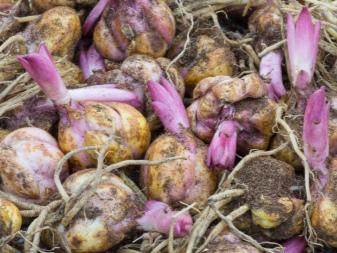
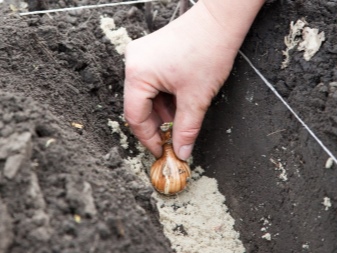
The distance between the bulbs should not be less than 35-40 cm. Daurian lily perfectly coexists with other types of ornamental plants (bells and flax). However, it is not recommended to plant asters next to it.
When choosing a place for planting this variety, it is necessary to take into account some of the characteristics of the plant. The corner on the site should be sunny. However, this variety tolerates partial shade well. It is important to know that lily daurskaya does not welcome excessively moist soil... Stagnation of water in the soil negatively affects the root system of the plant - it begins to rot, and subsequently the flower dies. Note that drought also negatively affects the lily. To maintain a sufficient amount of moisture in the soil, mulching the soil with peat, dry leaves or sawdust will help. Experts advise planting lilies, adhering to the following rule: the upper part is in the sun, and the "legs" are in a shady place. This will protect the plant from overheating.
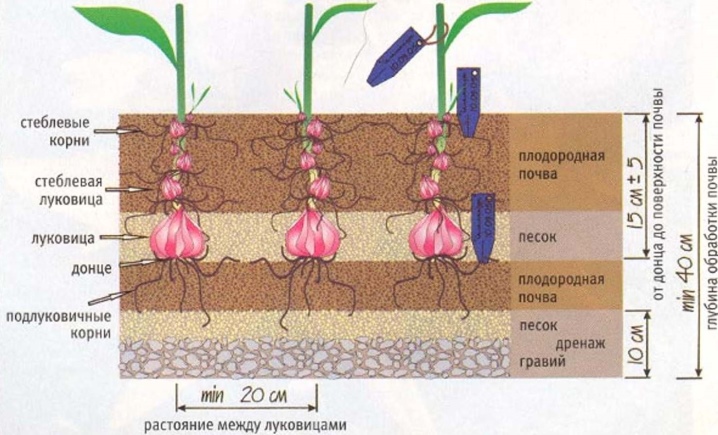
Care features
A graceful and beautiful flower that exudes an excellent fragrance, it requires careful and thoughtful maintenance. The plant needs to be watered regularly, as well as loosen the soil, remove weeds and apply fertilizers.
As a top dressing during the growing season, nitrogen and mineral fertilizers are used. To improve growth, top dressing with acid (boric) or potassium is excellent. With the arrival of autumn, dry peduncles are completely cut off and destroyed along with the fallen leaves. Lily does not require shelter during the winter.However, young plants can still suffer from heavy snowfall. Dry foliage or spruce branches are used as "protection".

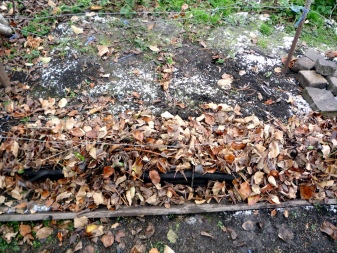
As for the "attacks" of parasites, the Daurian lily is most often attacked by aphids or onion ticks. And also the plant suffers from fungal diseases. In this regard, it is necessary to carry out preventive measures: during the flowering period, the plant is sprayed with a special solution. It is advisable to carry out the processing several times per season. Sick perennials are cut and burned. Cleaning of plant residues with the onset of cold weather is no less important.
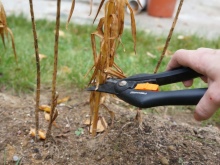
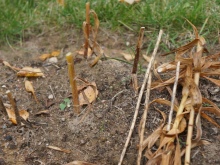

Reproduction
This species reproduces mainly by seed. Freshly harvested seeds are suitable for sowing. Experienced gardeners advise you to pay attention to the following growing rules:
- seeds are left for storage for 3 months in plastic bags filled with soil;
- as soon as small bulbs are formed from the seeds, the bags are sent to the refrigerator for 3 months;
- with the arrival of spring, they are placed in a box and left in the greenhouse.
Such processing will allow seedlings to form a real leaf already in the first year of life.
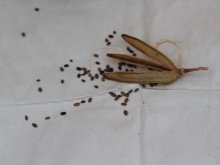
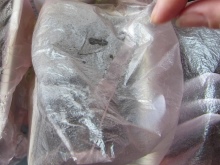
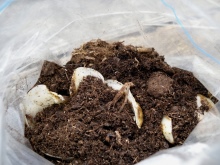
Note that the seeds of the Pennsylvanian lily are capable of germinating not only above ground, but also underground. In the second case, seeds tend to form under the ground, not "showing" to the "light".
Seedlings appear only after 2 years. These crops are kept in a dry, cool room, and with the arrival of spring they move to the greenhouse.
The Daurian lily can be propagated with the scales of the bulbs. This method is one of the most common. The scales are removed from the mother bulb at the end of summer or during transplantation. Removed from the bulb, they are washed with clean water and treated with a special solution (mainly potassium permanganate). Then they are slightly dried and mixed with moistened sand. The mixture is placed in polyethylene bags and lightly tied (air masses should flow into them). Crops are stored in a dry place. As soon as baby bulbs appear on the scales, the bags are sent to a cool place. At the end of summer, "kids" are planted in open ground.
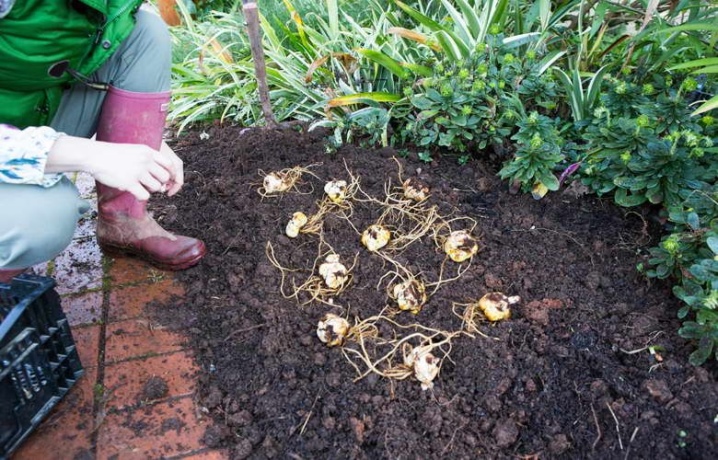
After a couple of years, plants grown from scales delight with their rapid flowering. This breeding method is suitable for urban life. Thus, summer residents who "winter" in an apartment will be able to plant captivating and alluring flowers on their site with the onset of heat.
With proper care, Daurian lily will become a real "queen" of the garden. And its amazing aroma and exquisite appearance will make any site a real work of art.
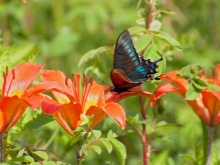
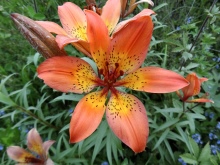

See below for more details.







































































































The comment was sent successfully.